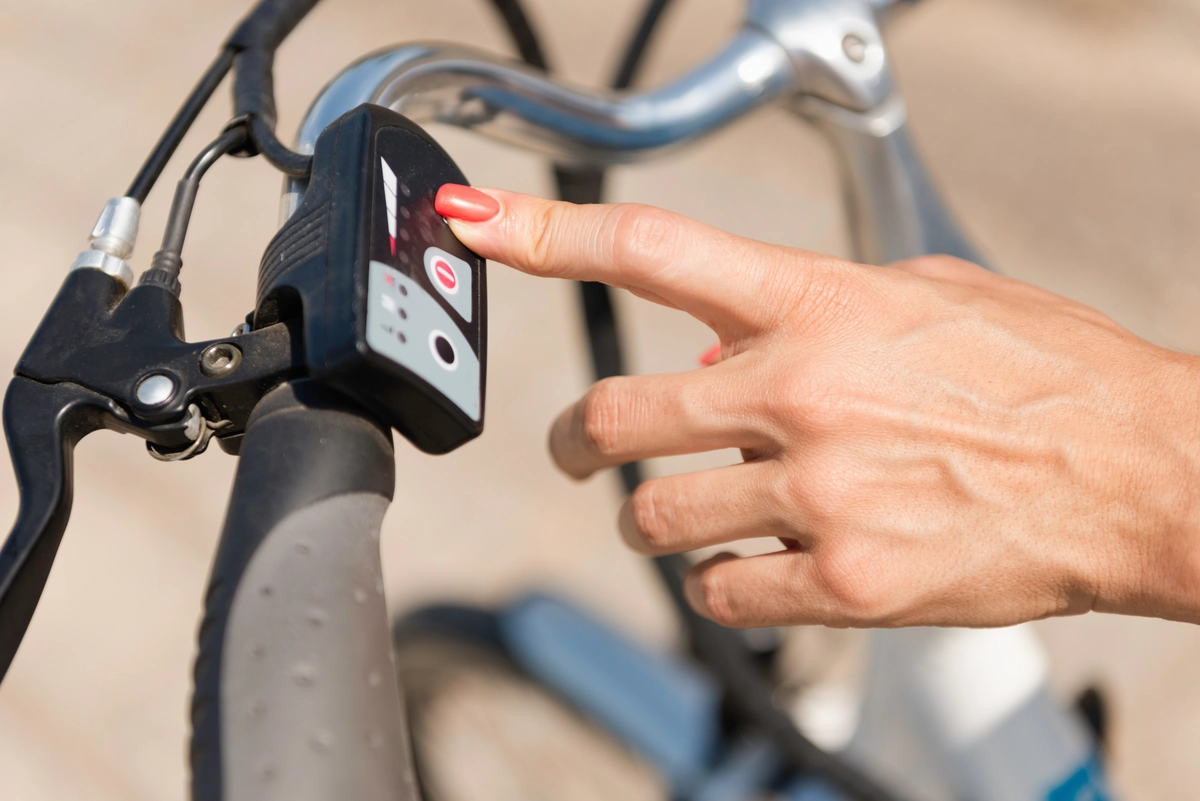With the growing popularity of electric bikes, many cycling enthusiasts wonder if it's possible to convert their regular bicycles into electric ones. Fortunately, advancements in technology and the availability of conversion kits have made it feasible to transform an ordinary bike into an electric-powered machine. In this comprehensive article, we will delve into the process of converting a normal bike to electric. We will explore the various components involved, discuss important considerations.

When converting a bike to electric, selecting the right motor is crucial. There are various types available, including hub motors and mid-drive motors. However, it affect the bike's balance, while mid-drive motors offer better weight distribution and climbing capabilities.
An electric bike conversion requires a suitable battery to power the motor. Lithium-ion batteries are commonly used due to their high energy density, lightweight nature, and longer lifespan. Battery capacity and range depend on factors such as voltage, ampere-hours (Ah), and the terrain you'll be riding on.
The controller is the brain of the electric bike conversion, regulating the flow of power from the battery to the motor. It allows for speed control, monitoring, and safety features. Choosing a controller compatible with the motor and battery system is essential for optimal performance.
Electric bikes can utilize either a throttle or a pedal assist system for power activation. Throttles provide instant acceleration with a twist or push of a button, while pedal assist systems amplify the rider's pedaling efforts. The choice depends on personal preference and local regulations.
Proper wiring and connectors are vital for a reliable and safe electric bike conversion. High-quality cables, connectors, and insulation ensure efficient power transmission and minimize the risk of electrical issues.
Before beginning the conversion process, evaluate the suitability of your bike. Consider factors such as frame compatibility, weight capacity, and fork clearance to determine if your bike can accommodate the necessary components.
Research and choose a conversion kit that suits your needs. Kits typically include the motor, battery, controller, wiring, and other required components. Ensure compatibility between the kit and your bike's specifications.
Strip your bike of unnecessary components that may interfere with the installation of the conversion kit. This includes removing the existing drivetrain, gears, and any accessories that may impede the conversion process.
Mount the electric motor on the bike frame, ensuring proper alignment and clearance. Pay attention to chain alignment for hub motors or bottom bracket fit for mid-drive motors.
Securely place the battery on the bike, considering weight distribution and accessibility. Connect the battery to the controller and ensure proper wiring connections, following the manufacturer's instructions.
Integrate the throttle or pedal assist system according to the kit's instructions. Throttles typically mount on the handlebars, while pedal assist sensors are placed near the crankset.
Test the functionality of the electric conversion, checking for proper motor engagement, throttle response, and pedal assist operation.Fine-tune settings, such as speed limits and pedal assist levels, to suit your preferences.
Research and comply with local regulations regarding electric bike conversions, including speed limits, power restrictions, and where they are allowed to be ridden.
Regular maintenance of the battery, motor, and controller is crucial to ensure optimal performance and longevity. Follow the manufacturer's guidelines for charging, storage, and maintenance procedures.
Always wear appropriate safety gear, including a helmet. Keep in mind that electric bikes can reach higher speeds, so practice caution and become familiar with the bike's handling characteristics and braking distances. Gradually adjust to the increased speed and be mindful of your surroundings.
Converting a regular bicycle into an electric bicycle is a great decision as it provides you with a more convenient, faster, and comfortable way of transportation. It is also less strenuous for you compared to a traditional bicycle and allows you to explore and experience different terrains more easily. By understanding the components involved, choosing the right conversion kit, and carefully following the modification steps, you can transform a regular bicycle into an efficient and environmentally friendly electric bicycle.
Leave A Comment